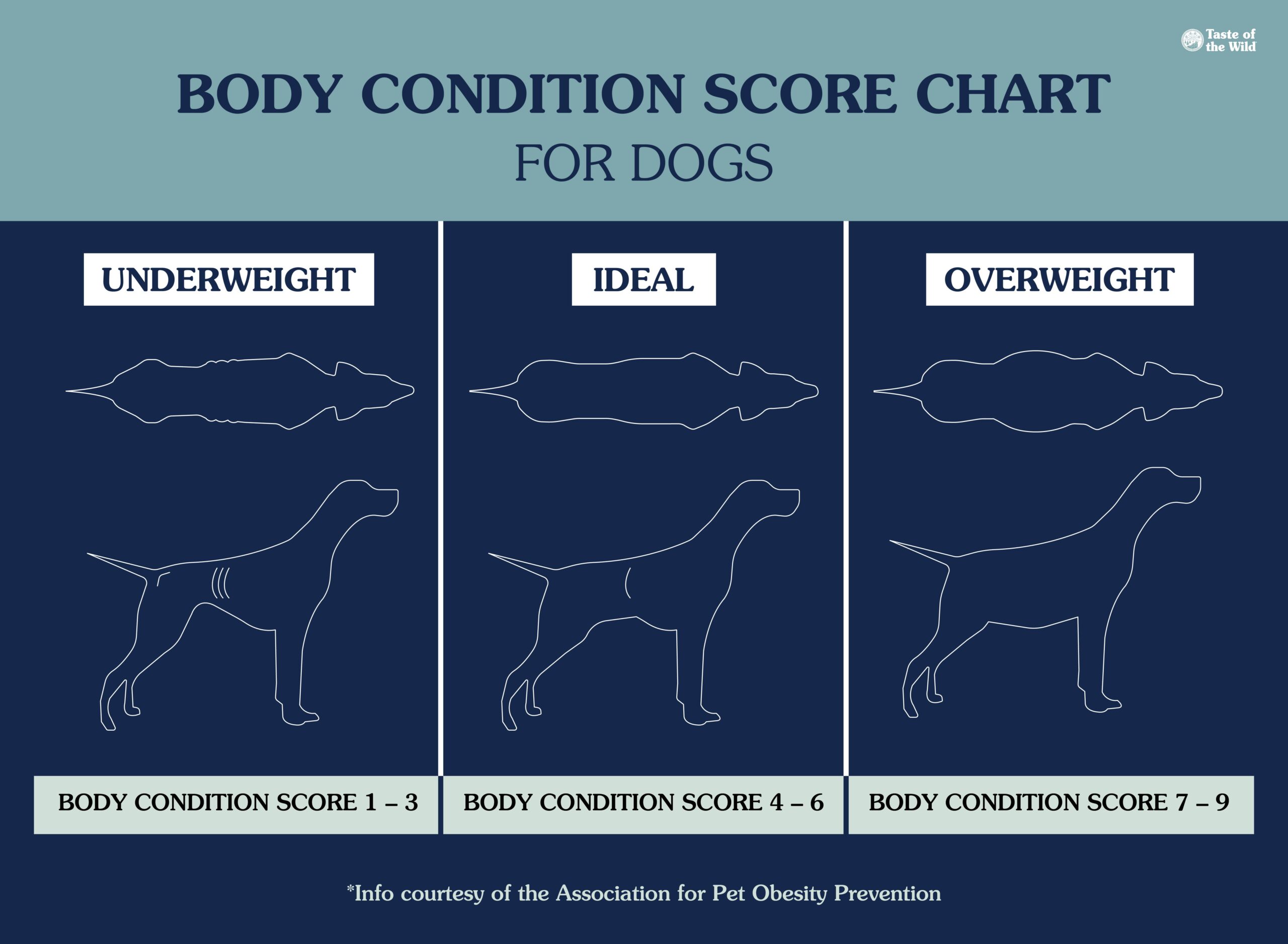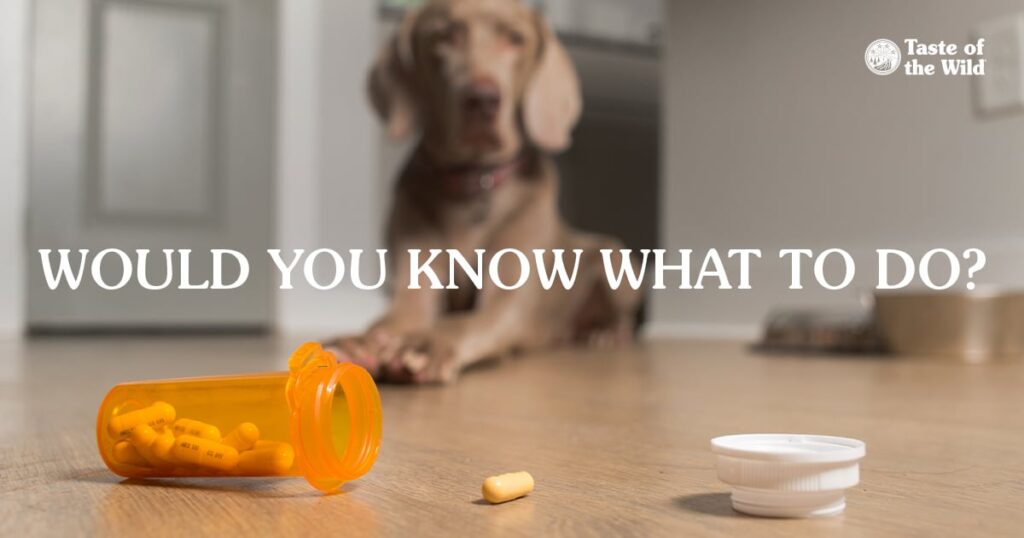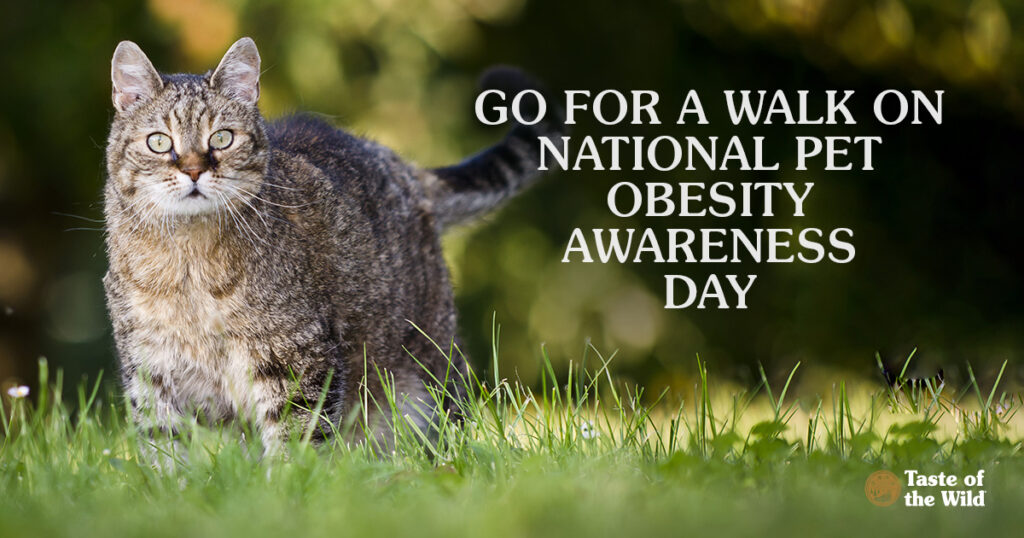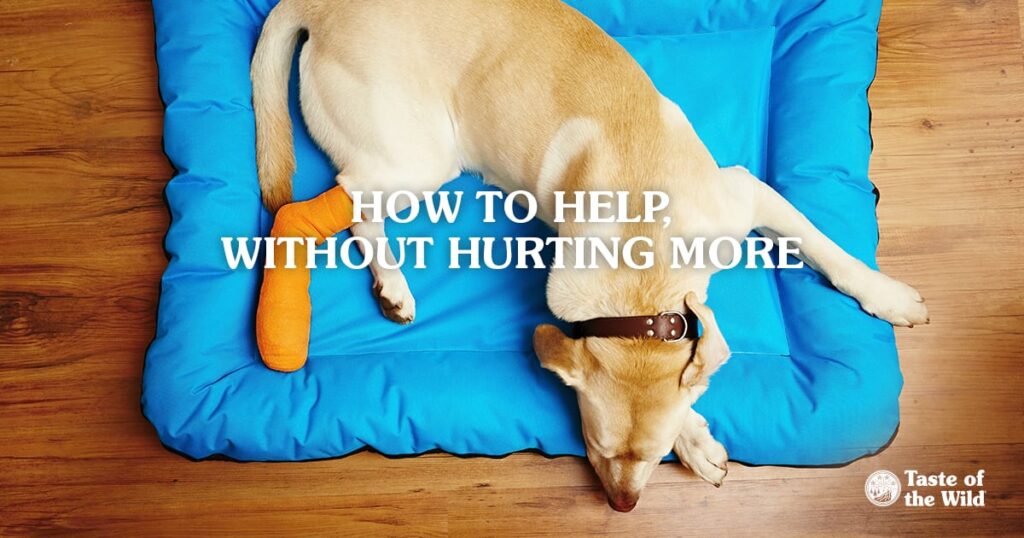
If you’re a cat parent, you’re probably used to things going bump in the night. A book knocked off the table, a ball rolling across the floor — normal nightly occurrences for a household with a kitty. All of these night moves may have you wondering how your cat can see in the dark. Do they have built-in night vision? Are they a superhero? We can’t be sure they’re not a superhero, but we can explain why cats can see better than humans at nighttime.
Do Cats Have Night Vision?
Cats do have built-in night vision to a degree. While they can’t see in complete darkness, they do have excellent night vision in very low-light environments, especially compared to humans. It’s likely that your house is never completely dark; streetlights, moonlight, the glow of the clock on appliances — all of these light sources help provide dim light for your indoor cat to see their way around your home.
Surprise! Cats Are Not Nocturnal
Your cat’s schedule of sleeping all day and playing rambunctiously through the night may have you thinking that they’re nocturnal. But domestic cats are actually crepuscular, meaning they are most active at dawn and dusk — their ancestors would have hunted prey at that time. However, your particular cat’s behavior may also depend on your lifestyle.
How Do Cat’s Eyes See in Dim Light?
There are a number of reasons why cat vision is better in low-light conditions compared to human vision. Cats have more rod photoreceptor cells in their retina than humans, which makes their retina more sensitive to low light and motion, and helps them perceive contrasts between light and shadow. On the flip side, human retinas have more cone photoreceptors, which are the light receptor cells that work best in bright light and are responsible for color perception.
If you’ve ever taken a photo of your cat with the flash on or spotted a cat in your headlights, you would have noticed that their eyes look like they’re glowing. This eerie glow is due to a layer of highly reflective cells located behind the retina called the tapetum lucidum. The tapetum lucidum works like a mirror to reflect light back to the retina, which gives rods and cones of the retina another chance to pick up the limited amount of light available at dawn, dusk and night. The glow you see in a cat’s eyes in the dark is a result of this reflective layer and how it interacts with incoming light (and not because they have superhero night vision).
Cats also have larger corneas and pupils than humans in relation to the size of their eyes, so more light can enter their eyes. That definitely works in your cat’s favor in dimly lit environments. A cat’s vertically slit pupils also respond better to how light enters the eyes than humans’ round pupils — they can expand wider at night and change the amount of light falling on the retina. More light entering the eyes helps them see better at night.
How Do Cats See Humans? How Do Cats See the World?
Cats have excellent depth perception, which is especially important for hunting, jumping and exploring their environment. Their binocular vision, where both eyes focus on the same object, enables them to judge distances accurately. They also have excellent peripheral vision. Cats possess approximately a 200-degree visual field, which is wider than a human’s 180-degree vision. This wider peripheral vision can help cats spot potential prey or threats more easily.
Cats have poorer visual acuity than the average human, which means their ability to see fine details is not as good. The typical explanation of this is that what humans can see at 100 to 200 feet, a cat needs to be 20 feet from them to see with the same clarity. But remember that cats don’t rely on their eyesight as much as we do. Smell and hearing come first, so a cat’s visual acuity isn’t as important.
What Do Cats See in the Dark?
Cats have fewer cones than humans, which means their color vision is different to humans — red, orange and brown look gray or muted to them. Even though cats mostly see in shades of blue, green and gray, this helps their vision in low-light conditions.
Cat Vision Excels in Low-Light Situations
Cats have very good night vision due to their eyes’ ability to let in more light than a human’s eyes can. People might be better at perceiving fine details and seeing more colors, but cats have us beat when it comes to seeing in low-light settings. However, both you and your cat would need night vision goggles if you were in total darkness!








